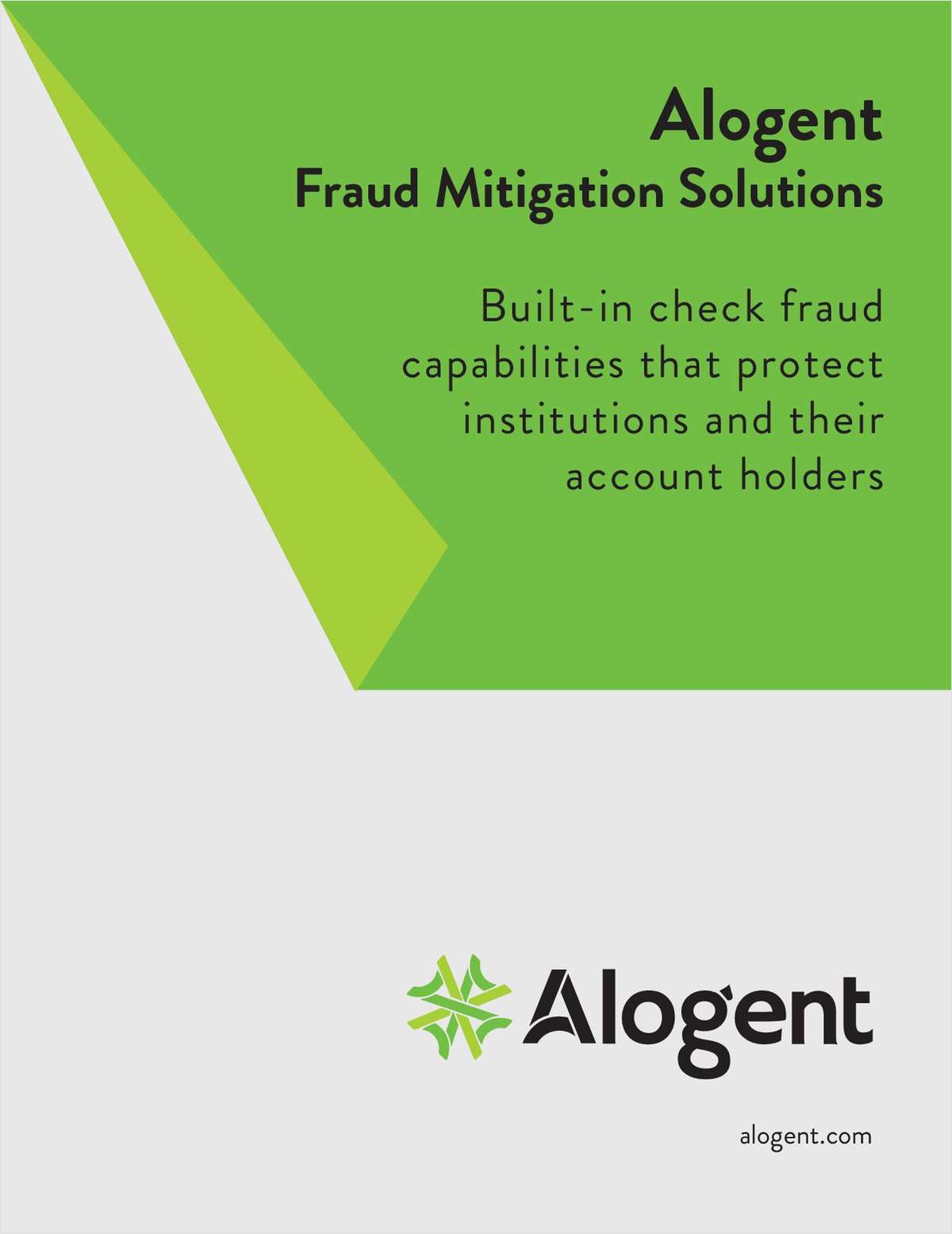Credit unions that expand their fields of membership should beware of also increasing regulatory risk when it comes to fair lending laws.
“The problem exists when you have taken on an underserved geographic area with the intent of growing your membership and perhaps increasing profitability, but you haven't served that group as you have served maybe your main geographic field of membership,” CU Direct Executive Lending Advisor Michael Cochrum said.
Credit unions need to take a hard look at their marketing habits, Cochrum noted.
“The issue becomes that they tend to market as if they're marketing to their current field of membership,” he said.
“You need to be cognizant that any offers you make do not show favor to one group over another,” he said.
For credit unions doing indirect lending, offering a rate discount to current members could cause trouble, for example, because nonmember applicants may be very different from the membership demographically. If the discount is not based on anything other than the fact that the applicant is a favored member, disparate impact may occur.
Even expanding the universe of auto dealerships that a credit union does business with and markets through in response to an expanding FOM could increase exposure.
“They could, in effect, be redlining because of the customers that that dealer does business with. If they say, 'Well, we're only going to do business with Mercedes, BMW and Lexus dealers because we like the collateral,' they could be creating disparate impact,” Cochrum said.
He added, “You can't just make assumptions and say, 'Well, we're getting the applications we get,' because there could be things in your policy, for example, that are preventing those applications from coming to you.”
Marvin Umholtz, president/CEO of Umholtz Strategic Planning & Consulting Services, has been worrying about the possible damned if you do and damned if you don't ramifications of unique FOMs for some time.
“As a practical matter, credit unions are stuck with this,” Umholtz said. “The vast majority of credit unions are going to be buried by the compliance-driven mindset of the regulators. It's not risk-based anymore. It's not like, where's the most likelihood for all this stuff to go wrong. Prove to me, and I'm the regulator speaking, prove to me that you have a compliance system that ferrets out every instance of the problem. Prove to me that your system is so bulletproof that nothing is going wrong.”
One way credit unions can mitigate the risk, Cochrum said, is to recheck the facts on their lending requirements. If time on the job doesn't statistically matter anymore, for example, credit unions shouldn't use it in their credit criteria, he said.
Read more about fields of membership and examiner scrutiny in the June 8 issue of Credit Union Times.
Complete your profile to continue reading and get FREE access to CUTimes.com, part of your ALM digital membership.
Your access to unlimited CUTimes.com content isn’t changing.
Once you are an ALM digital member, you’ll receive:
- Breaking credit union news and analysis, on-site and via our newsletters and custom alerts
- Weekly Shared Accounts podcast featuring exclusive interviews with industry leaders
- Educational webcasts, white papers, and ebooks from industry thought leaders
- Critical coverage of the commercial real estate and financial advisory markets on our other ALM sites, GlobeSt.com and ThinkAdvisor.com
Already have an account? Sign In Now
© 2024 ALM Global, LLC, All Rights Reserved. Request academic re-use from www.copyright.com. All other uses, submit a request to [email protected]. For more information visit Asset & Logo Licensing.









